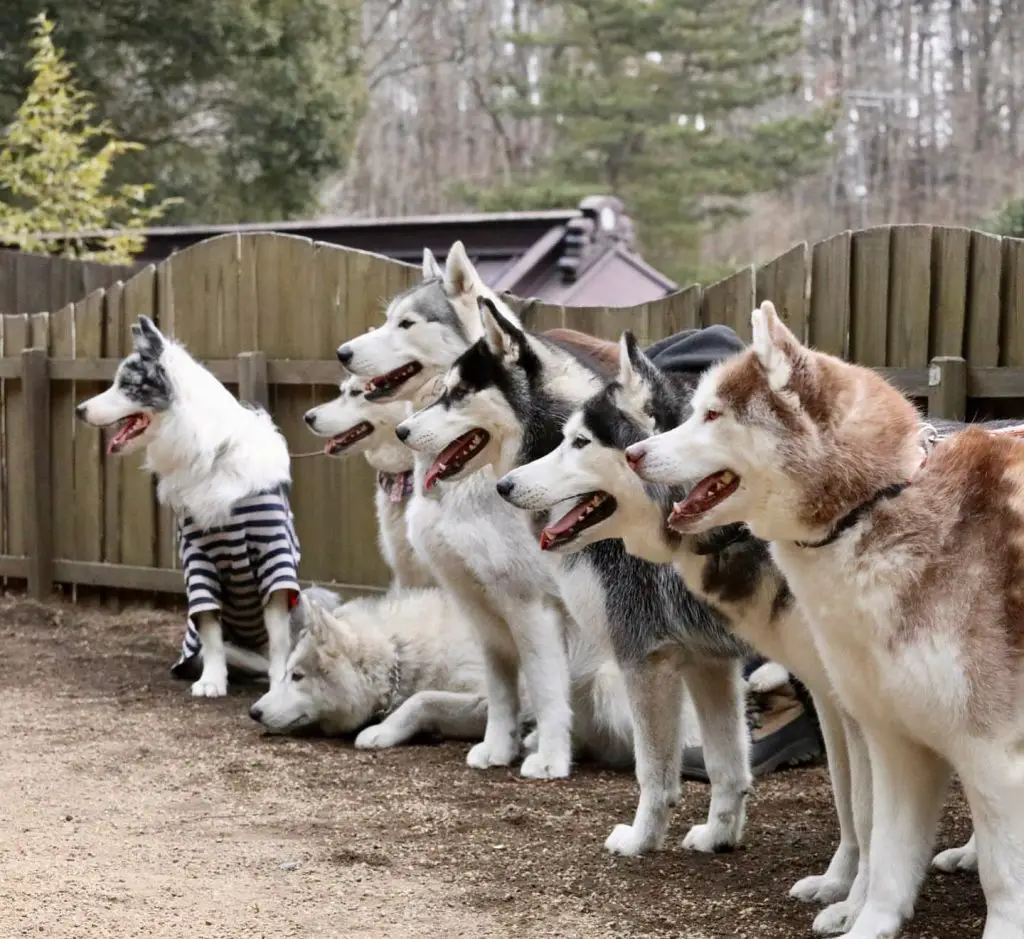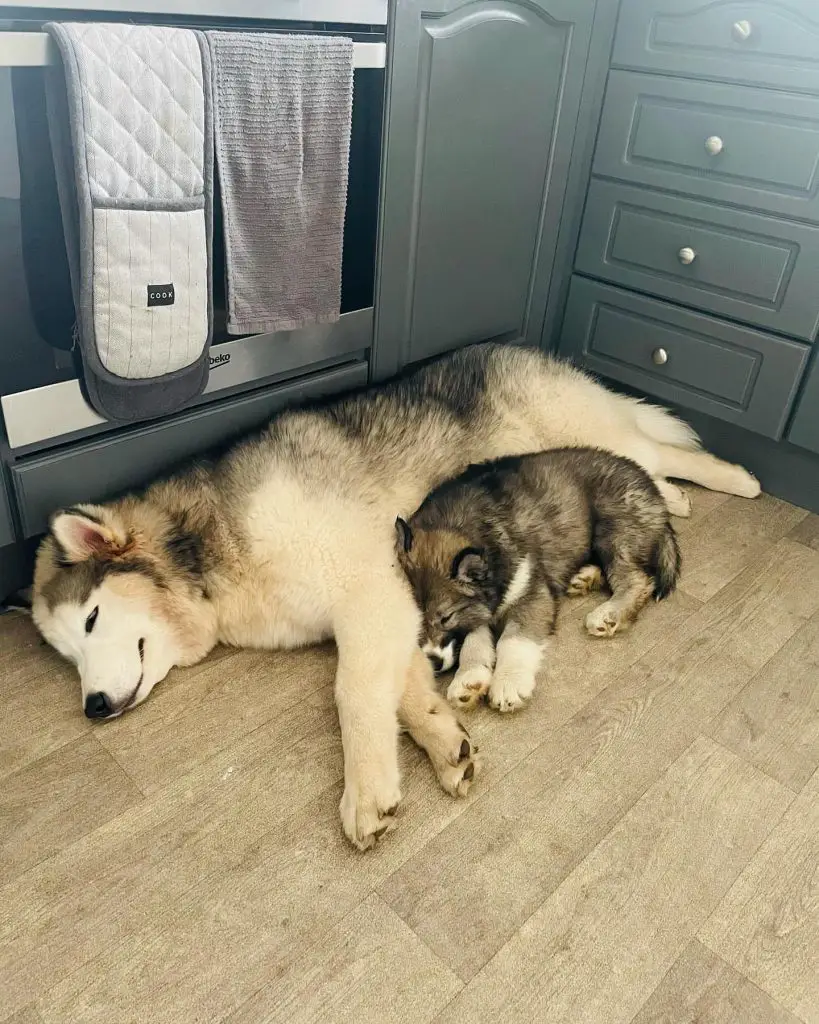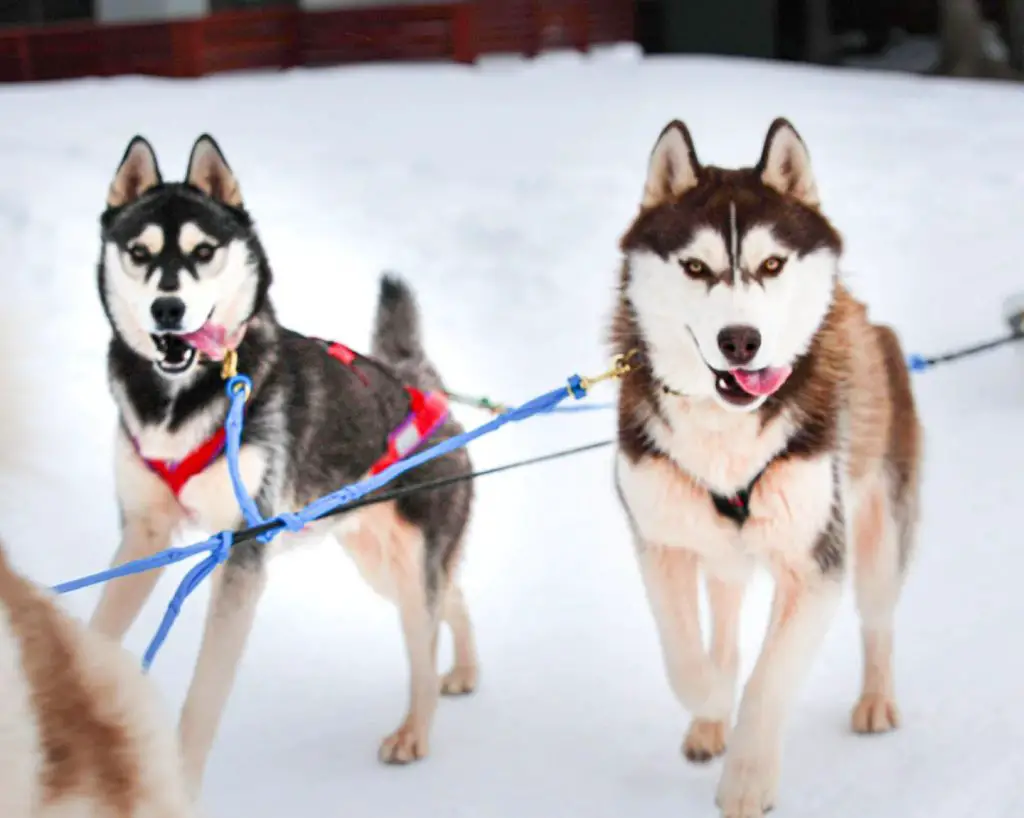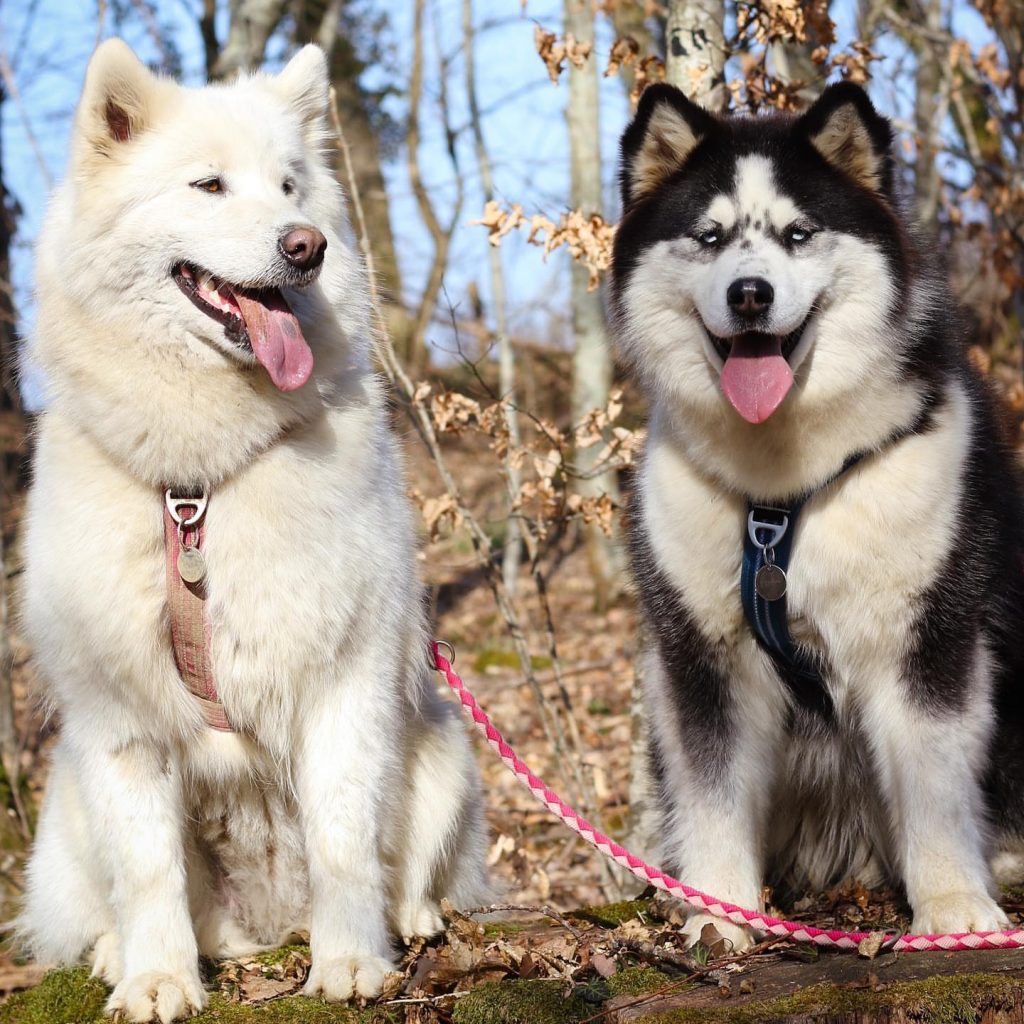Huskies, with their striking appearance and captivating personalities, have become a popular breed among dog enthusiasts. However, when it comes to their size classification, there is often confusion and debate. Are Huskies large or medium-sized dogs? This common question has sparked curiosity and confusion among both current and prospective Husky owners.
In this blog post, we will delve into the topic of Husky size classification and aim to provide clarity on where these magnificent dogs fall in the size spectrum. Understanding the factors that determine a dog’s size is essential for responsible ownership and ensuring their overall well-being. So, let’s explore the world of Husky sizes and shed light on this intriguing topic.
When it comes to size classification, it’s important to consider various factors that contribute to a dog’s overall size, such as height, weight, and physical proportions. While individual perceptions may vary, accepted size standards have been established to categorize dogs into different size classes. By understanding these standards, we can better comprehend where Huskies fit in terms of size classification.
In the next sections, we will explore the typical size range of Huskies, the factors that influence their size variation, and address the appearance versus size classification misconception. By gaining a deeper understanding of Husky size classification, we can provide appropriate care, living environments, and tailored experiences for these remarkable dogs. So, let’s embark on this enlightening journey and discover the truth behind Husky size classification.

Understanding Husky Size Range
Huskies are known for their striking appearance and robust build but what is their typical size range in this section we will explore the height and weight measurements of huskies and provide an understanding of their size classification.
When it comes to size, Huskies are generally considered medium-sized dogs based on accepted size standards. On average, male Huskies stand between 21 to 24 inches (53 to 61 cm) at the shoulder, while females measure slightly smaller, ranging from 20 to 22 inches (51 to 56 cm). In terms of weight, adult Huskies typically range from 35 to 60 pounds (16 to 27 kg). However, it’s important to note that individual Huskies may vary in size within the breed.
Factors such as genetics and lineage play a significant role in determining the size of Huskies. Like any other breed, Huskies inherit physical characteristics from their parents, including size traits. The size of a Husky’s parents can influence the size of their offspring. If both parents are on the larger side of the size spectrum, their puppies are more likely to be larger as well. Conversely, if the parents are smaller, the puppies are likely to inherit their smaller size.
It s also important to remember that other factors such as nutrition and overall health can impact a husky s growth and development proper care and feeding during their early stages of life contribute to their overall size and well being.
Responsible breeding practices aim to maintain the standard size range for Huskies. Breeders carefully select dogs with desirable characteristics and adhere to breed standards when breeding Huskies. This helps maintain the consistency of size and other breed-specific traits within the Husky population.
Understanding the size range of Huskies provides insight into their overall physical characteristics and allows us to better appreciate their magnificent presence. In the next section, we will delve deeper into the factors that influence the size variation within the Husky breed, shedding light on the intriguing world of genetics and breeding practices.
You may like: Are Huskies Kid Friendly?

Factors Influencing Husky Size
Size variation within the husky breed can be influenced by several factors including genetics and breeding practices in this section we will explore these factors and their impact on the size of huskies.
Genetics play a crucial role in determining a husky s size certain genes are responsible for controlling growth patterns bone structure and body proportions these genetic factors can influence the overall size of a husky including their height and weight.
Additionally, breeding practices contribute to size variation within the breed. Responsible breeders carefully select parent dogs with desirable traits, including size, to produce puppies that meet breed standards. By following breeding practices that prioritize maintaining the standard size range for Huskies, breeders aim to produce offspring that closely adhere to the breed’s characteristics.
It’s important to note that while genetics and breeding practices play a significant role in determining Husky size, individual variations are still possible. Just like humans, dogs can have unique traits and characteristics influenced by their specific genetic makeup. This means that even within a litter of Husky puppies, you may find variations in size.
By understanding the factors that contribute to size variation within the Husky breed, we gain a deeper appreciation for the individuality and uniqueness of each dog. In the following sections, we will address the misconception surrounding appearance versus size classification and provide further insights into the fascinating world of Husky size classification.

Size Considerations and Care
Regardless of whether your Husky is classified as large or medium-sized, certain tips and considerations apply to all Husky owners. In this section, we will provide guidance on caring for Huskies, focusing on their size and specific needs.
Proper nutrition is crucial for maintaining the overall health and well-being of Huskies. Regardless of size, they require a balanced diet that meets their nutritional requirements. Consult with your veterinarian to determine the appropriate diet plan for your Husky, considering their size, age, activity level, and any specific dietary needs or health conditions.

Exercise is another important aspect of Husky care. Huskies are known for their energy and athleticism, requiring regular physical activity to keep them mentally and physically stimulated. Providing adequate exercise is essential for preventing behavioral issues and maintaining their overall fitness. However, the specific exercise needs may vary depending on the size and energy level of your Husky. Consult with your veterinarian or a professional dog trainer to develop an exercise routine suitable for your Husky’s size and individual requirements.
You may like: What Vegetables Can Huskies Eat?

Regular veterinary care is vital for all Huskies, regardless of their size classification. Routine check-ups, vaccinations, and preventive measures help ensure their health and early detection of any potential issues. Your veterinarian can provide guidance on appropriate vaccinations, parasite prevention, and general healthcare routines tailored to your Husky’s specific needs.
Understanding the size and energy requirements of your husky is crucial when providing suitable living conditions and activities whether your husky is classified as large or medium sized they require adequate space mental stimulation and social interaction consider their size and energy level when providing a living environment that allows them to thrive.
By considering the size and individual needs of your Husky, you can provide them with the proper care, nutrition, exercise, and living conditions they require to lead a happy and healthy life. Understanding the factors that determine their size classification helps us appreciate their unique qualities and tailor our care to their specific needs.
You may like: Can huskies eat cucumber?

Conclusion:
In summary, Huskies are generally classified as medium-sized dogs, although their robust appearance may lead to misconceptions about their size. Throughout this blog post, we have explored the typical size range of Huskies, the factors that influence their size variation, and the distinction between appearance and size classification. By understanding the accepted size standards and considering the individual factors that contribute to Husky size, we can provide appropriate care, nutrition, exercise, and living environments for these magnificent dogs.
It is important to remember that Huskies, regardless of their size classification, have specific needs and characteristics that require attention. Proper nutrition, regular exercise, and routine veterinary care are essential for their overall health and well-being. By considering their size and energy requirements, we can create suitable living conditions and activities that allow them to thrive.
We hope that this blog post has provided clarity on the topic of Husky size classification and has dispelled any confusion surrounding the size of these remarkable dogs. Remember to always consult with your veterinarian for personalized advice regarding your Husky’s specific needs and to provide them with the care, love, and attention they deserve.
By gaining a clearer understanding of Husky size classification, we can ensure that these magnificent dogs receive the appropriate care, love, and attention they deserve. Let us appreciate the unique qualities of Huskies, regardless of their size, and continue to provide them with the fulfilling lives they deserve.




